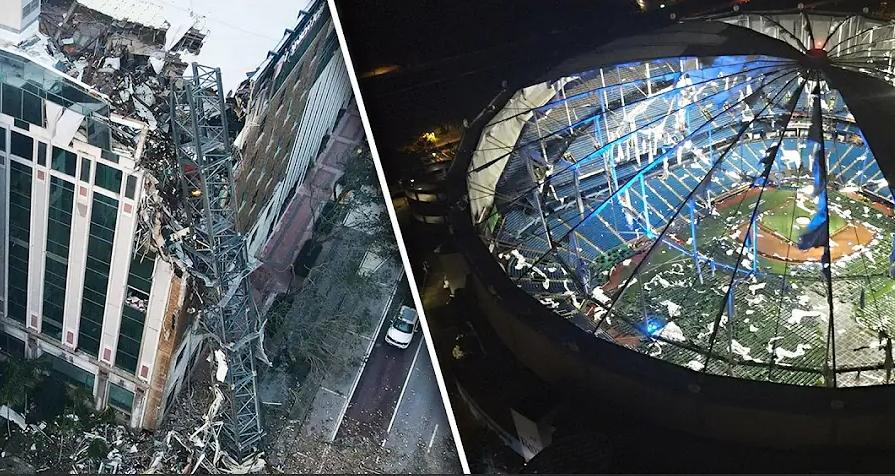A Storm of Historic Proportions
Hurricane Milton has wreaked havoc across Florida, leaving a trail of destruction in its wake. The powerful storm has claimed the lives of at least four people and left approximately three million residents without power. As emergency services scramble to respond, the scale of the damage is becoming increasingly apparent.
Widespread Destruction
The hurricane made landfall with ferocious winds and torrential rain, leading to severe flooding and structural damage. Coastal areas have been particularly hard hit, with homes and businesses submerged under water. The storm's intensity has overwhelmed local infrastructure, complicating relief efforts.
Emergency Response and Challenges
Authorities are working tirelessly to restore power and provide aid to affected communities. However, the sheer magnitude of the disaster presents significant challenges. Rescue operations are ongoing, with emergency personnel prioritizing the most vulnerable populations.
Community Resilience and Recovery Efforts
Despite the devastation, there are stories of resilience and community spirit emerging from the chaos. Neighbors are helping each other, and volunteers are mobilizing to support recovery efforts. As Florida begins the long road to recovery, the focus will be on rebuilding and strengthening infrastructure to withstand future storms.
Hurricane Milton serves as a stark reminder of the increasing frequency and severity of extreme weather events. As climate change continues to influence weather patterns, it is crucial for communities to enhance preparedness and resilience strategies. The aftermath of this storm will likely spark discussions on improving disaster response and infrastructure resilience in Florida and beyond.








